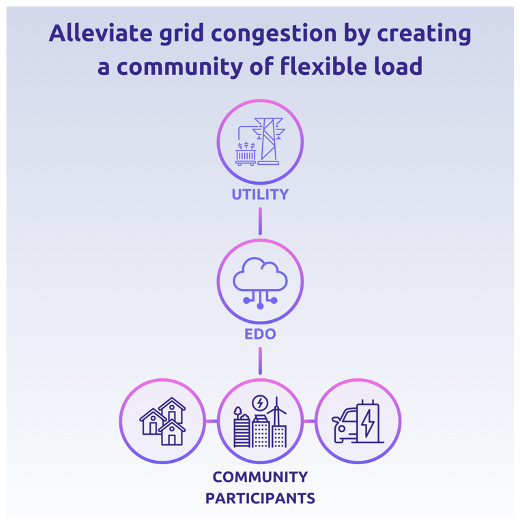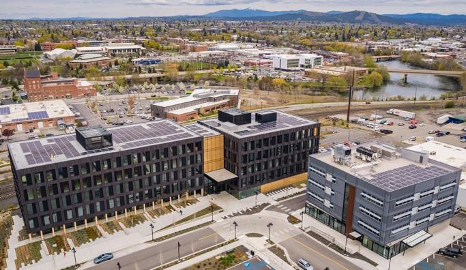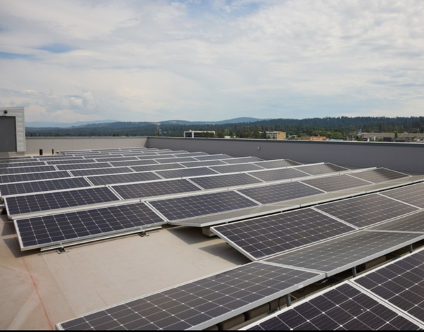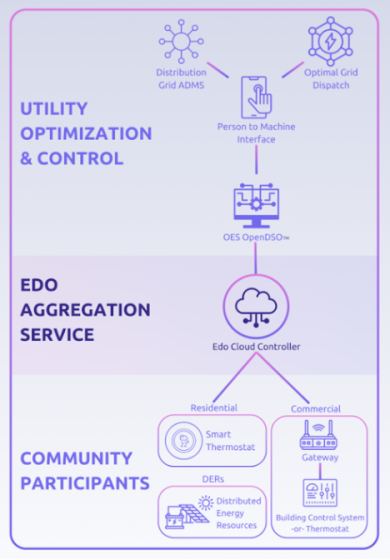Spokane Connected Communities Project
This project will demonstrate non-wires alternatives that support deferring or avoiding major capital investments in a 55MW-peak distribution substation by creating targeted (locationally specific) virtual power plants (VPP) from existing buildings, while optimizing power quality and supporting adjacent feeder needs. Up to 75 participants will be recruited from existing residential and commercial buildings, and building flexibility will be augmented by DERs to demonstrate 1–2.25 MW of flexible load. Energy efficiency measures are realized by improving small and large commercial building operations and retrofitting for single and multi-family homes. The project includes the Spokane Eco-District with an existing battery, thermal storage, onsite PV, and an all-electric central plant.
Avista
McKinstry
PNNL
Urbanova
Rooftop PV (300kW), battery storage systems, thermal storage systems, and EV charging infrastructure (10-25 units)




